Drawing with Moons with STEPHANIE TENGS
- julia horvath
- Dec 23, 2020
- 4 min read
Updated: Nov 7, 2024

On October 2, Stephanie Teng opened her first solo exhibition, Solace, at The Wildlot. The
composition revolved around her enduring and intimate relationship with the moon and its
connection to the human psyche.

Having majored in psychology in California, Stephanie’s work with photography is an inquiry to the most primal human states, tranquillity and contemplation. The technique of multiple exposures that she uses creates borderline surrealistic yet understated images of patterns drawn by the movements of celestial bodies, here, the moon.
“Creating came naturally to me. I am the only child, so I was trained to play on my own or find creative ways to have fun as a kid. I did not seriously do anything or think I could be a full-time creative until I found photography. I fell in love with it when I went to school in LA. I still remember so vividly, when I was in the darkroom, it was the first thing I had ever done in my life where I lost all sense of space and time. When you are in there, you are just in a complete vacuum of nothingness, red light, you and the images emerging from the water.”

The pages of history are overwhelmed with poets and artists of all walks of life singing odes to the moon through a myriad of colourful interpretations, Selene for Greeks, Tsukuyomi for the Japanese, not to mention the Claire de Lune, Moonlight and others by the classical music giants of the 19th and 20th century. Perhaps, a single sentiment that the artists across the millennia saw in the moon was tranquillity and rejuvenation. However, if we take a step back and look at the pagan texts, we could discover the connection of the moon to loneliness. “I always feel like there is a fine line between loneliness and feeling lonely. They are very similar things, but I think there is a difference between being happy and comfortable with yourself, versus the thought of ‘I am going to die alone’", says Stephanie.
The language of photography is figurative at its core, “It is about your perspective, it is about how you see a certain thing that is happening”, says Stephanie. The limitations of the medium were what led her to experiment and discover multiple exposures. Stephanie believes that the technique allows creating a myriad of new realities, a portal of sorts to an alien world, very similar to ours, yet strikingly different. “You are creating something out of thin air, and you are making something using your imagination”, says the artist, “We can take a portrait of you now, and I can take a photo of that round light, and it would be a halo around you, depending on how I frame it. I do not necessarily see that in the back of my camera, I imagine it in my head. I am putting two things that I am seeing together, but I do not see the result until it is complete”. At this point, the work becomes pictorial rather than photographic since the images are "drawn" from the head of the master using the camera.

Solace was nothing short of an éclat. The exhibition was curated by Riccardo Chesti, with the performance in collaboration with Olivier Cong. The works were showcased at The Wildlot and spanned over two floors. Stepping into the venue, one would find themselves submerged into darkness, with but the specks of light flickering on the walls, where the art was displayed. The staircase was accompanied by more photographs leading to the second floor filled with light. A metaphorical journey from night to day, where “The idea of multiple exposures was still prominent”, notes Riccardo. The musical complement to the simple yet powerful visual story elevated the experience to a new level of sensorial ecstasy. Oliver wrote music for Stephanie’s moons. “During the exhibition, no one could hear it because there were 200 people there. The intention was that when you enter the space, not only is it dark, but you are automatically transported into this other world. And then, in that 20-minute loop that was playing during the show, he recites a poem that I wrote”, recalls Stephanie. Interestingly enough, the artist’s statement for the show was also a poem.
Solace was an example of pure introspection achieved through the attempts of becoming at peace with inner demons. Not only that, the event introduced a collaborative element that gave us a peek into the beautiful mind of Stephanie Teng. With her art, Stephanie aims to contribute to building a more empathetic world. She remarks, “So much of the stuff that is happening in the world now, all this chaos, this uncertainty, this apocalyptic madness I think can be alleviated with more empathy. I ultimately want to help people and show them how they can be honest with how they feel. And that they should not be afraid to feel certain things.”
This interview contributes to a new media format, where Creatives are in full control of their narratives. By exploring alternatives to narrative journalism, GAHSP starts unconventional conversations, emphasizing values and problems that shape our lives collectively.
Written and Edited by Gennady Oreshkin
Creative Concept by Julia Horvath
Images: Courtesy of Stephanie Teng


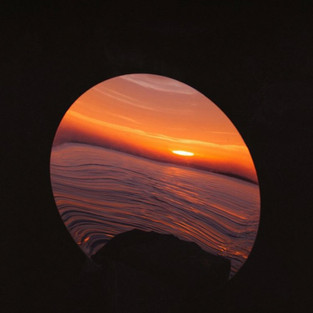

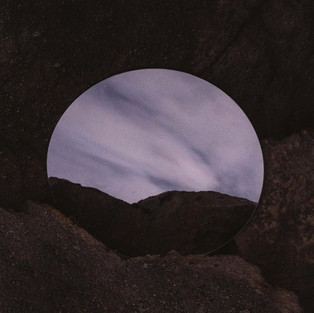








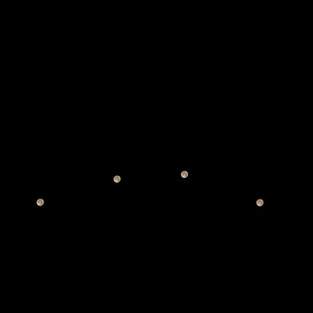
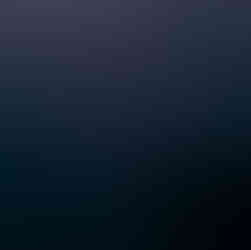






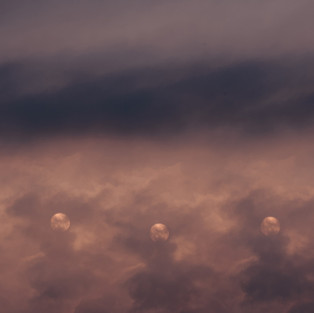



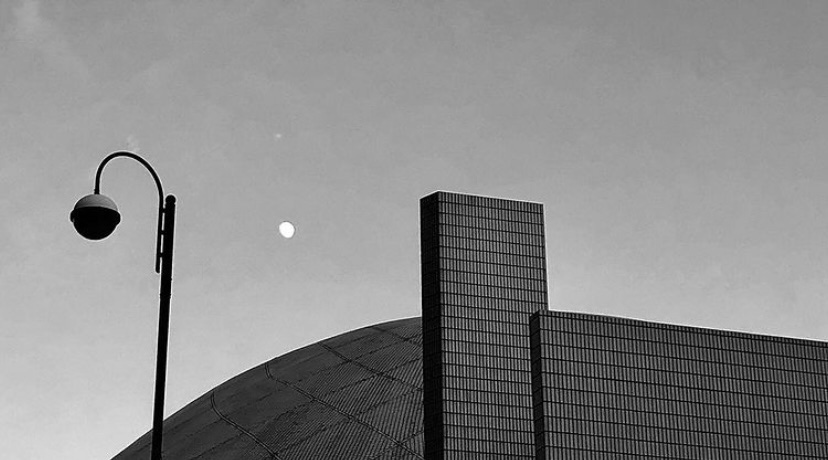

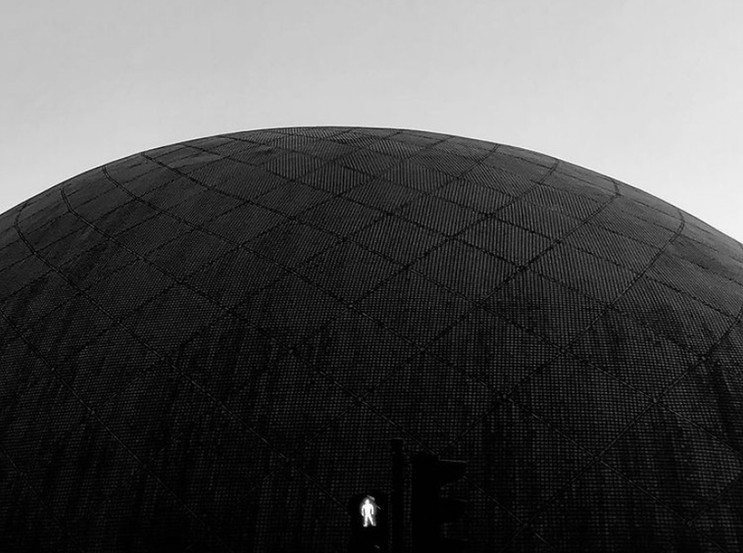
Comments